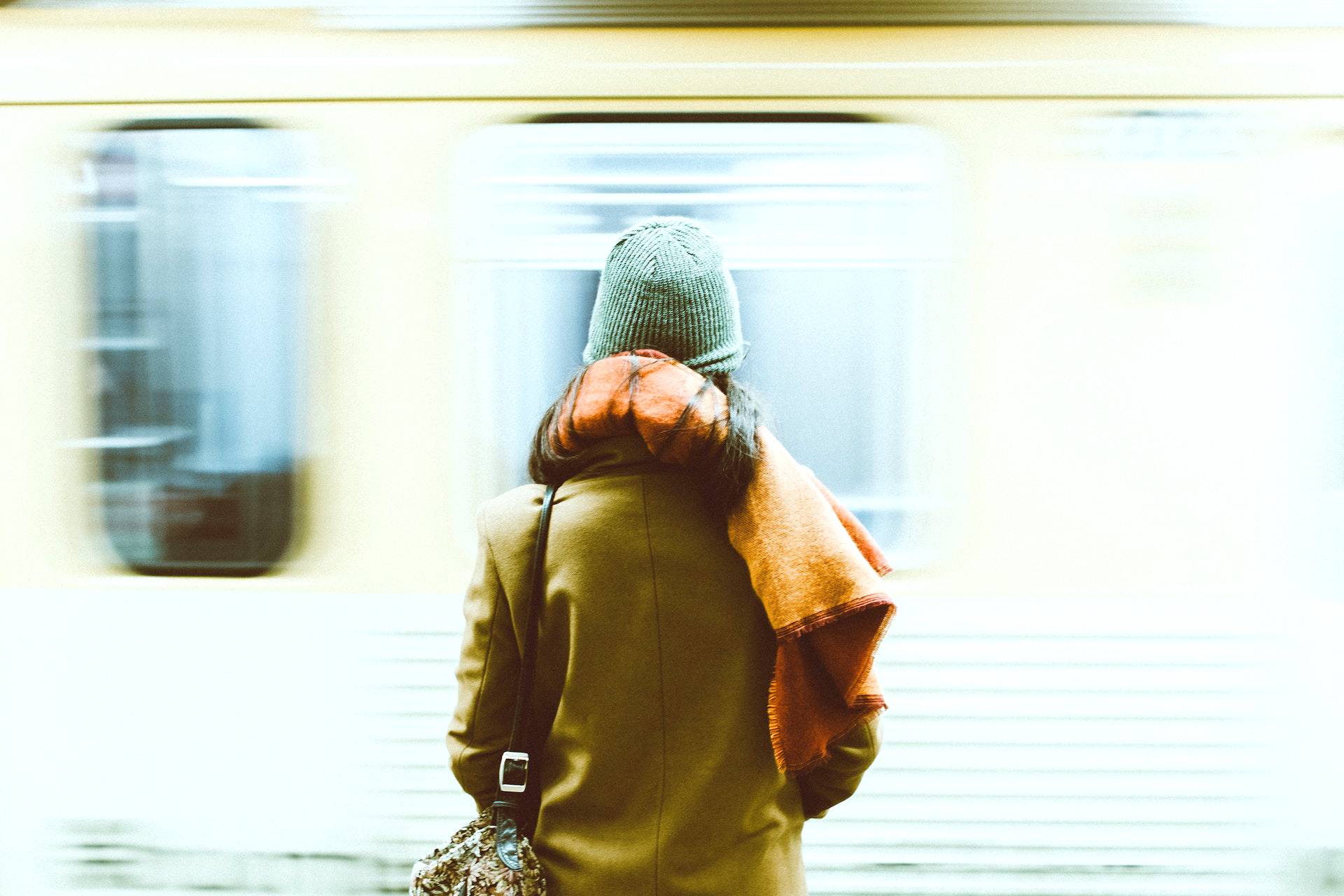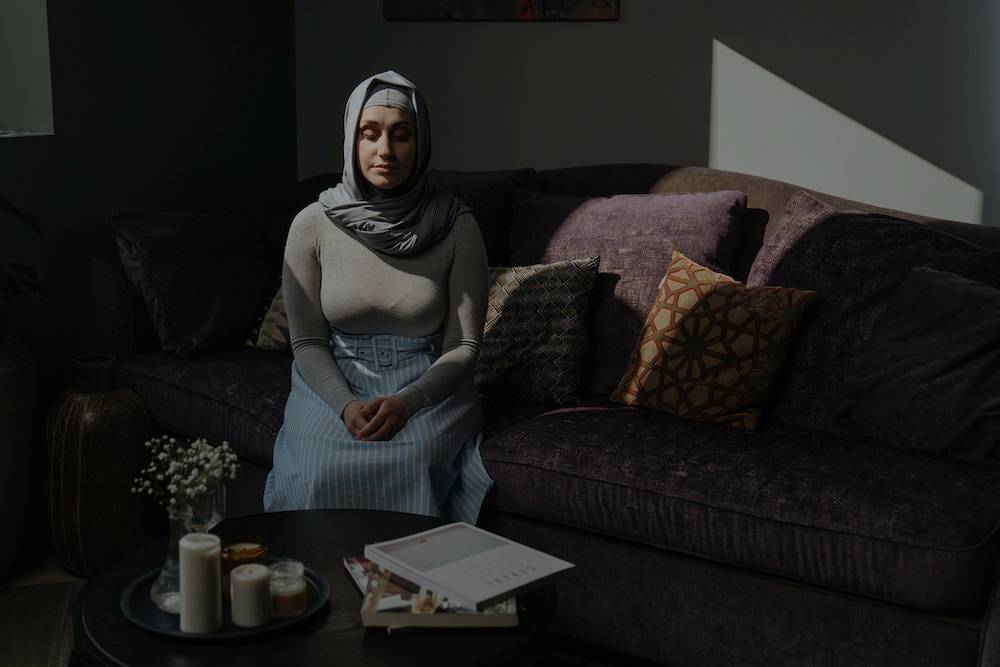Guide to Clipping in Photography [+ Ways to Avoid It]

Exposure plays an important role in photography. The right exposure ensures that the shadows will not be dark enough while the highlights won’t be too bright. This is exactly what makes photos look balanced.
Things are adversely affected when the exposure exceeds certain limits. Clipping is a result of that as well. This post is going to talk in detail about clipping and the reasons behind it. Let us get started by explaining what it is first.
What is clipping?
Clipping happens when certain regions of your photo have no information. It may happen to a highlighted region (pure white) and to shadows (pure black). Well, whatever the reason it is, a clipped area of a photo is unable to provide some information to the viewer.
And that is something a photographer will never want inside the frame. The biggest problem is, you can hardly do anything about it in the post-processing phase. It is now time to talk about the reasons behind it.

Reasons why photographers get it in their photos and how to avoid it
You may end up clipping some part of an image either while shooting the photo or in the post-processing phase. Let us first talk about how it happens while shooting a photo.
Due to inappropriate exposure
In many cases, the photographer is highly concerned about the exposure of the subject. Even if the subject is well exposed, clipping happens in other regions of the image.
That is why you have to study the entire frame to check for it. See how the exposure of the subject affects the rest of the photo.
Inability to read histograms or lightmeter
This happens especially with amateurs. When you don’t know the right way to read a histogram/light metre, you won’t understand the warning signs that point to clipping.
Talking about reading techniques will be completely irrelevant here. Here are some quick tips to understand those warning signs.
Understanding histograms
We use histograms to understand the exposure of the photo via graphs. Its right portion represents the brightest part of the image while the left indicates the darkest regions. In general, if you see one side of the histogram squished more than the other side, you must readjust the exposure before the final shoot.
Pay close attention to the edges of the histogram. If you see pixels against the edges of the histogram, it means there is something wrong with the exposure and it may lead to clipping.
Then comes the light metre
We are talking about the internal light metre here. An internal light metre tells us about the extent of over or under-exposure of the image in terms of stops. You must ensure that the reading lies in the range of -2 o +2.
Having the light metre reading in this range, you will be able to capture the photo without clippings. Even if you end up clipping some portion of the frame, a little bit of post-processing will be enough to correct that.
Photographers! Earn a $200 Sign up Bonus... |
|---|
Interested? Sign-up here(more details) |
Reasons behind clipping during the post-processing phase
Even if you have shot a perfect photo, trying to brighten the image over certain limits will lead to clipping. This is the main reason why you have to be highly careful about altering brightness in the post-processing phase.
One way to avoid it is to keep a close look at the way details are affected by increments or decrements in brightness. Getting this right at this stage is quite easy.
In Adobe Lightroom, there is a triangular icon on top of the histogram. This is present in the top-right region of the screen. Once you click on that icon, it will highlight the clipped areas in your photo.
Remember that overexposed areas are highlighted in red while underexposed regions are highlighted in blue. Study the entire frame for such warning signs and work on the exposure of the image till you get desired results.
Apart from that, there are masking tools that you may use as well. Though the process to find these tools differs for different photo editing software. These masking tools are very helpful in adjusting exposure in a very selective way.
With these, it becomes effortless to adjust the exposure in specific regions inside the frame without affecting the remaining portion.

Some quick tips to avoid clipping in photography altogether
Keeping these points in mind might help you avoid clipping for the most part. Try to comply with these in case it seems convenient.
Opt for ND filters while shooting landscapes
In the case of landscapes especially when the foreground varies a lot from the sky or something similar in the background, using a graduated ND filter is a good idea.
These filters do an amazing job of maintaining the desired level of exposure for the foreground to create a balance inside the frame. Adjust the filter in the right way along with the horizon or something to get the best results. You may try different camera angles for doing that.
Try shooting in the golden hour
We are not saying that shooting during this time will eliminate clipping but it will reduce the chances. In case the sun is not present in the frame, you will hardly get clippings. When you are shooting the sun or something bright during golden hour, just use an ND filter to avoid it.
Use a special feature of your camera
Yes, we are talking about exposure compensation. Though it is not a tip for all situations but it works in some cases. All you have to do is focus on the brightest part of the image. As a result of that, the majority of the details in the frame will come to life.
The missing details of shadows can be easily recovered with the help of exposure compensation (an in-built feature in DSLR).
Rely on shooting in RAW only
Shooting in raw enables you to capture all the essential information through light. Recovering the lost details due to clipping is also easy for the photos shot in raw format. You will hardly be able to retain those details in case you shoot in other formats.
Final words
We have talked a lot about clipping in photography and the ways to avoid it. Breaking the rules is valid in almost all genres of photography. There might be some times when you will feel clipping is important and you should accept that.
And in the rest of the cases when it is hindering the details from popping out, it better needs to be avoided.
About the Author
Andrew Conway is an amateur photographer and keen writer. Andrew is in his last year of his Journalism degree in University.


